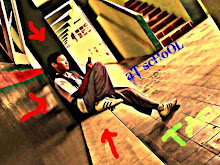
Tampilannya mirip banget sama Harley-Davidson. Bahkan, konsep dapur pacunya juga mirip dengan motor asal Amrik itu. Demikian sekilas sosok motor Kaiser Ruby 250 asal China yang sempat meramaikan pasar sepeda motor Indonesia, kemudian hilang. Kini, mereka hadir kembali dengan moto "The Legend Reborn".
Kata "legenda" yang disematkan pada Ruby bisa dilihat dari dua sisi. Pertama, boleh jadi inilah produk yang dibanggakan Negeri Tirai Bambu untuk membendung pasar domestik dari serbuan produk luar. Kedua, kemiripannya dengan H-D, tak cuma dari sisi bentuk, seperti desain chopper yang khas Amrik. Lihat bentuk mesin dengan konfigurasi V berpendingin udara dan dua silinder sama seperti H-D.







